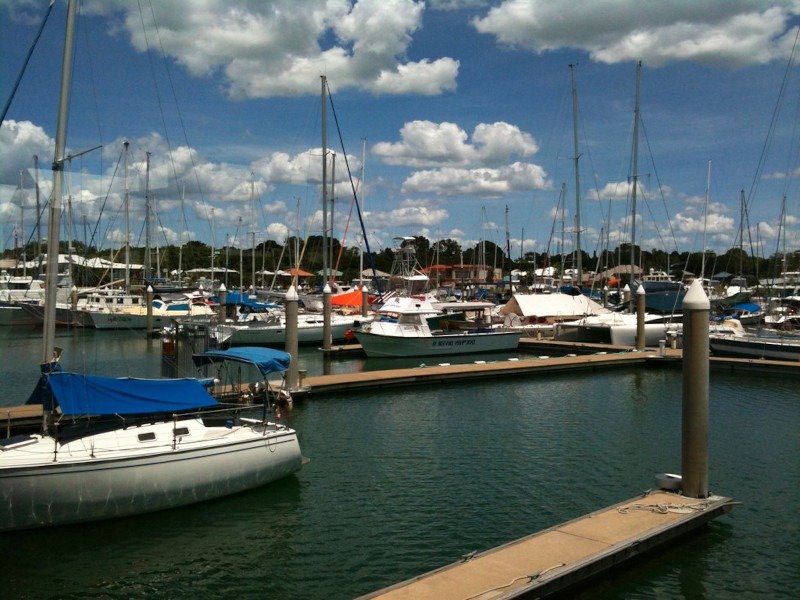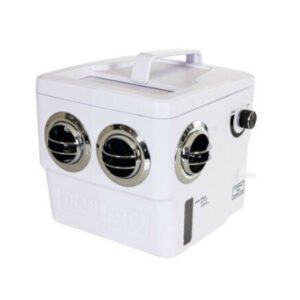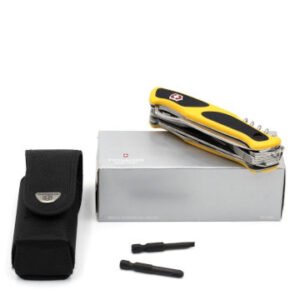Top End Ports Interactive Map

Detailed live top end ports map and the latest information for sailing & fishing in the Top End.
For planning only – not suitable for navigational purposes
Exploring Top End Ports: A Guide for Yacht Owners and Fishermen
Overview of Northern Australia’s Coastal Regions
Northern Australia is renowned for its stunning coastal regions, which are characterized by clear blue waters and diverse marine ecosystems. The Northern Territory, in particular, is a focal point for both yacht owners and fishermen, as it is bordered by the Timor and Arafura Seas. These waters not only offer breathtaking views but also serve as prime locations for recreational activities, making them particularly attractive for enthusiasts of sailing and fishing.
Key ports such as Darwin, Wyndham, and Gove play a significant role in facilitating access to these vibrant marine areas. Darwin, the capital city of the Northern Territory, is particularly noteworthy due to its deep-sea port and modern amenities. This port allows for a variety of maritime activities and serves as a crucial base for yacht owners looking to explore the surrounding waters. Wyndham, located at the junction of the Ord River and the Cambridge Gulf, also provides unique fishing opportunities, thanks to its rich marine biodiversity. Gove, on the east coast, is another vital port that opens up access to the vast expanse of the Arafura Sea.
Top End Ports and International Destinations
In addition to local excursions, these ports also position yacht owners and fishermen for quick trips to nearby international destinations such as Bali and Dili. These locations further enhance the appeal of the Northern Australian coastline, as they offer diverse cultural experiences alongside exceptional fishing and sailing opportunities.
Moreover, the unique biodiversity of Northern Australia’s waters attracts various marine species, making it an appealing environment for fishing enthusiasts. The region is home to an extensive range of fish, including barramundi and mackerel, as well as various captivating sea creatures that contribute to the robust ecosystems. The combination of idyllic conditions, accessible ports, and the rich marine life ensures that Northern Australia remains a top choice for those venturing into its coastal regions.
Top End Ports & Northern Territory Waters: Tools and Resources
When venturing into the diverse and often challenging waterways of Northern Territory, having the right navigation tools and resources is paramount for yacht owners and fishermen alike. Each journey requires a carefully planned approach, and modern technology plays a vital role in ensuring safe travels. Among the most critical tools for contemporary navigation is the Global Positioning System (GPS), which provides precise geographical positioning, enabling mariners to navigate difficult waters with confidence. Furthermore, GPS devices can help users avoid hazards and identify optimal routes to and from various ports.
An equally important communication tool is the VHF radio, which serves as a reliable means to stay in touch with local marine authorities, other vessels, and port operators. This communication is especially crucial in emergency situations, where timely information can make a significant difference. The functionality of VHF radios extends to monitoring weather updates, which can also help in making informed decisions regarding sailing conditions.
Old World Tech
While modern navigation technology is invaluable, traditional navigation tools must not be underestimated. A reliable compass, for instance, remains an essential instrument, offering a fundamental means of orienting oneself in unfamiliar waters. It serves as a backup system should electronic devices fail or become unreliable. Moreover, charts and nautical publications detailing the Northern Territory’s waterways can provide crucial insights into local conditions and navigational hazards.
In addition to personal tools, online resources are available to aid in trip planning and preparation. For example, darwintides.com’s Top End Ports page offers up-to-date information on tide movements and local conditions, making it an invaluable resource for navigating Northern Territory waters. Furthermore, the interactive port finder map helps sailors understand the geography of the area, ensuring a well-informed approach to their journeys. By utilizing a combination of technology and traditional navigation methods, mariners can enhance their safety and enjoyment while exploring Northern Territory’s aquatic landscapes.
Understanding Tides, Weather and Sea Conditions
When navigating the waters of Northern Australia, a comprehensive understanding of tides, weather, and sea conditions is paramount for both yacht owners and fishermen. The region, known for its diverse marine environments, experiences significant tidal patterns that can impact both sailing and fishing activities. Tides are influenced by the gravitational pull of the moon and the sun, leading to considerable fluctuations in water levels. In particular, Darwin exhibits notable tidal ranges, often exceeding 5 meters during spring tides. This dramatic shift can affect boat accessibility and fishing hotspots, necessitating careful planning.
Weather conditions in Northern Australia can vary markedly, impacting the safety and success of maritime pursuits. The tropical climate generally consists of two distinct seasons: the wet season, characterized by heavy rainfall and storms, and the dry season, which offers stable calm weather. Understanding these seasonal changes is vital; for instance, during the wet season, sudden squalls may rapidly alter sea conditions, presenting challenges for even the most experienced sailors. Fishermen should be particularly aware of how these stormy conditions influence fish behavior, with some species more active before a storm and others becoming elusive.
Navigating Northern territory Waters
Wind patterns and currents further complicate navigation and fishing efforts. Winds in this region can be influenced by local topography and seasonal changes, affecting both the comfort and control aboard vessels. Currents, driven by tides and wind action, play a crucial role in determining fishing strategies. Additionally, visibility can fluctuate due to weather changes and pollution, which necessitates vigilant observation. Furthermore, the sea temperature in Northern Australia can vary, influencing marine life spawning and feeding patterns, thereby affecting fishing productivity.
Ensuring that one is informed about local conditions through reliable weather forecasts and tidal charts will enhance safety and enjoyment on the water. Adapting to these natural elements allows yacht owners and fishermen alike to maximize their experiences while navigating the stunning waters of Northern Australia.
Safety Measures and Best Practices for Boating
In the pursuit of enjoyable experiences on the water, yacht owners and fishermen in the Top End must prioritize safety at all times. Implementing essential safety measures can significantly mitigate the risks associated with boating activities. Emergency beacons should be at the forefront of any safety checklist; these devices are crucial for alerting rescue services in case of emergencies. While many modern emergency beacons come equipped with GPS functionality, understanding their operation and ensuring they are accessible is equally important.
Flotation devices, such as life jackets and personal flotation devices (PFDs), are mandatory safety equipment for all boaters. It is imperative that every individual on board has a properly fitted PFD, and that these devices adhere to Australian safety standards. Regular checks of these life-saving tools for signs of wear or malfunction should be implemented, ensuring reliable function should they be needed.
Another critical element in maintaining safety is establishing a man overboard rescue system. Awareness of how to execute quick rescue operations can save lives. Training all crew members in this protocol will not only enhance safety but also build confidence among participants. Additionally, creating a safety plan that includes communication protocols and emergency contacts can streamline procedures in critical situations.
Preparations for sudden weather changes are particularly essential in Northern Australia due to the region’s unpredictable conditions. Boaters should familiarize themselves with local weather patterns and always remain vigilant. Checking weather forecasts before embarking on any journey and maintaining flexibility in plans can prevent hazardous situations. In case of unexpected storms, having a response plan, including finding secure anchorage, is vital.
By employing these best practices and utilizing essential safety products, yacht owners and fishermen can ensure a safer and more enjoyable experience while navigating the waters of Northern Australia.



